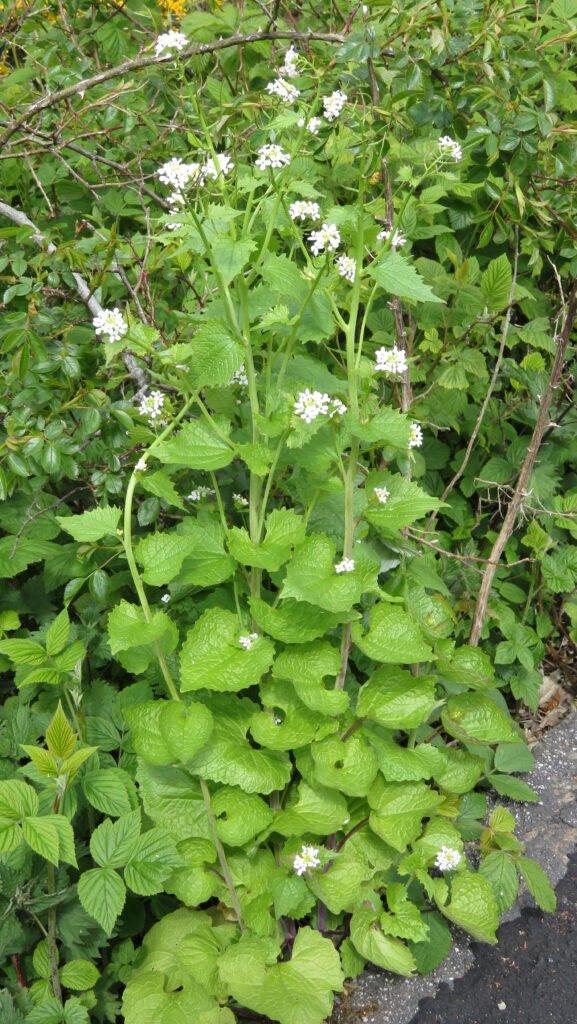Imagine walking through your neighborhood and spotting a beautiful flowering vine cascading over a fence. It looks harmless enough, maybe even charming. But what if I told you that innocent-looking plant might be silently strangling entire forests, choking out native species, and reshaping ecosystems thousands of miles from its original home? The story of invasive garden plants reads like a botanical thriller, where well-meaning gardeners accidentally unleashed green monsters that now cost billions of dollars to control and threaten biodiversity worldwide.
The Great Escape: How Garden Darlings Became Ecological Villains

The transformation from beloved garden specimen to ecological nightmare doesn’t happen overnight. It starts innocently enough when plant enthusiasts import exotic species for their beauty, fragrance, or unique characteristics. These plants initially behave themselves in carefully tended gardens, but nature has other plans. A single seed carried by wind, water, or wildlife can establish a new population miles away from the original planting site. Without their natural predators, diseases, and competitors from their native habitat, these escapees find themselves in a biological vacuum where they can multiply unchecked. The result is an ecological domino effect that can transform entire landscapes within decades.
Purple Loosestrife: The Wetland Strangler
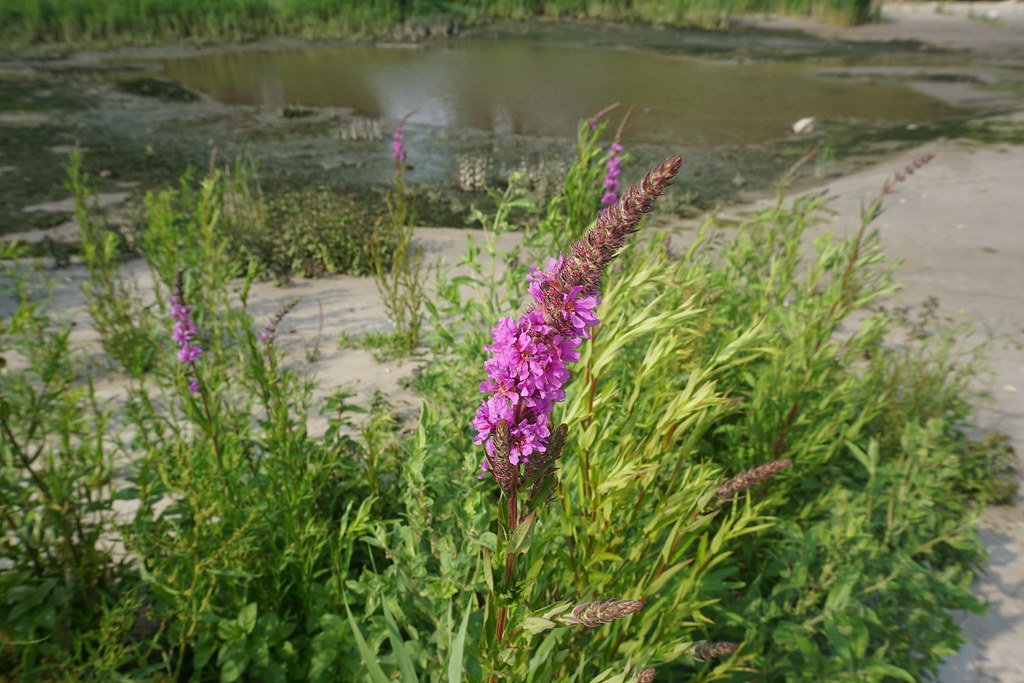
Purple loosestrife arrived in North America during the 1800s as an ornamental plant prized for its vibrant purple flower spikes. What seemed like a perfect addition to water gardens quickly became a wetland nightmare. This aggressive perennial can produce up to 2.7 million seeds per plant, creating dense monocultures that crowd out native cattails, sedges, and other wetland plants. The cascading effects devastate wildlife populations, as waterfowl lose their food sources and nesting sites. Today, purple loosestrife infests millions of acres across North America, with control efforts costing taxpayers millions annually.
Kudzu: The Vine That Ate the South
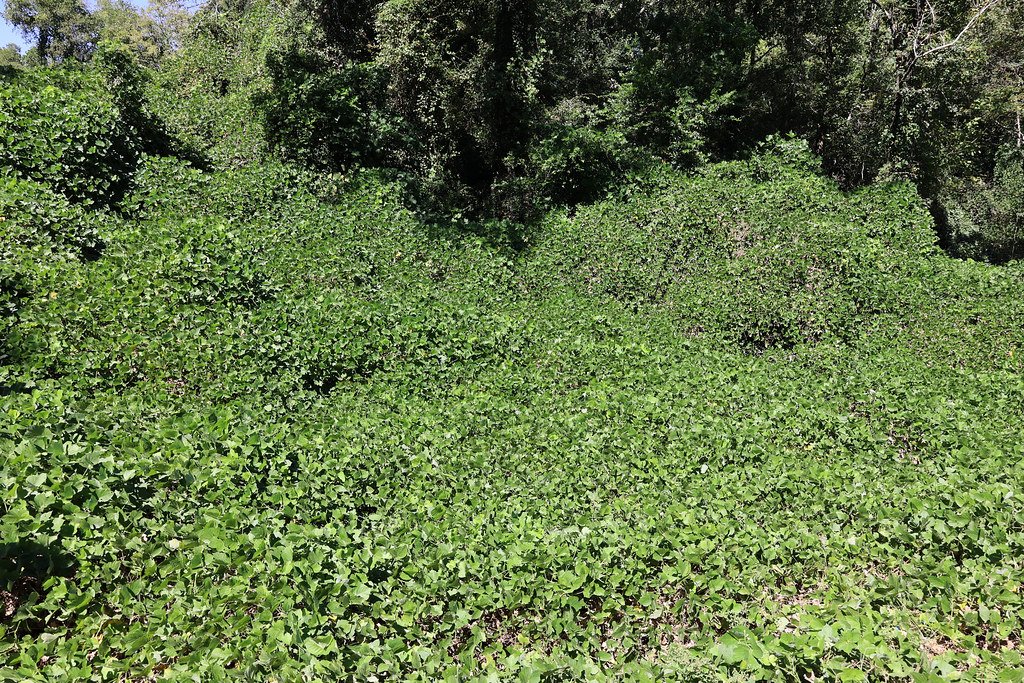
Introduced to the United States in 1876 at the Philadelphia Centennial Exposition, kudzu was initially celebrated as a wonder plant. Farmers were even paid to plant it during the Great Depression as a solution for soil erosion. However, this Japanese vine grows up to a foot per day in ideal conditions, earning it the nickname “the vine that ate the South.” Kudzu smothers trees, power lines, and abandoned buildings, creating bizarre landscape sculptures that look more like green ghosts than natural vegetation. It now covers over 7 million acres in the southeastern United States, with removal costs exceeding $6 million annually in Georgia alone.
Japanese Knotweed: The Unstoppable Underground Army

Japanese knotweed might look like an innocent bamboo-like plant, but beneath the surface lies one of nature’s most persistent invaders. This plant can push through concrete, damage building foundations, and regrow from fragments as small as a fingernail. Originally brought to Europe and North America as an ornamental plant in the 19th century, it now costs the UK economy over £165 million annually in control measures and property damage. The plant’s underground rhizome system can extend 20 feet horizontally and 10 feet deep, making complete eradication nearly impossible once established.
English Ivy: The Silent Forest Killer
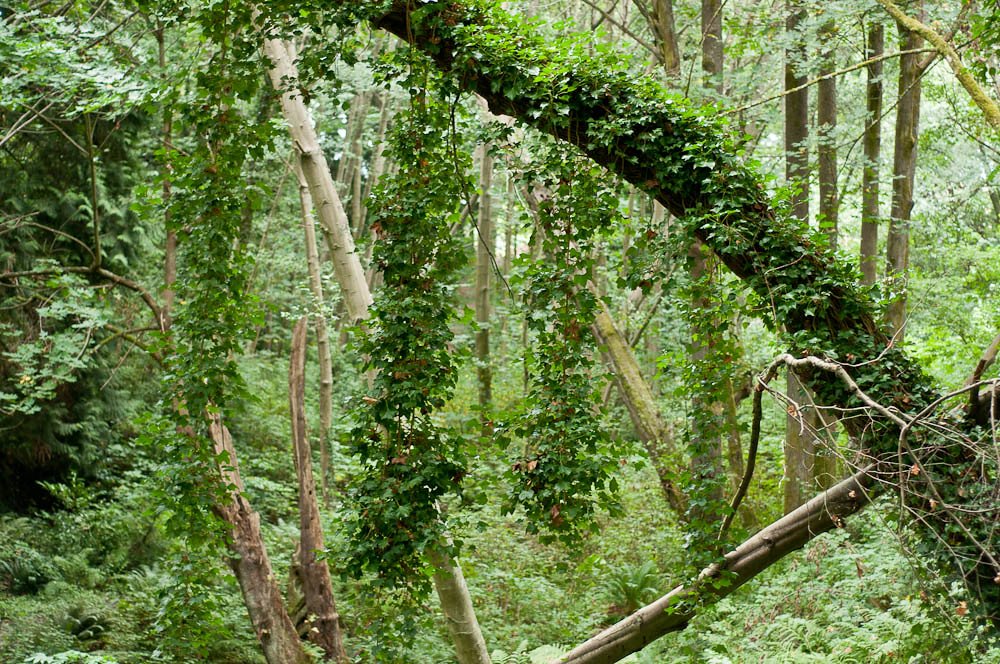
English ivy creates picture-perfect scenes in European gardens, but in North American forests, it’s a silent assassin. This evergreen vine climbs trees, blocking sunlight from reaching native understory plants and adding weight that can topple mature trees during storms. The ivy also provides shelter for non-native pests and diseases while creating biological deserts where native wildlife struggles to survive. What makes English ivy particularly insidious is its ability to survive in both sunny and deeply shaded conditions, allowing it to colonize diverse habitats from forest floors to sunny meadows.
Water Hyacinth: The Beautiful Waterway Blocker
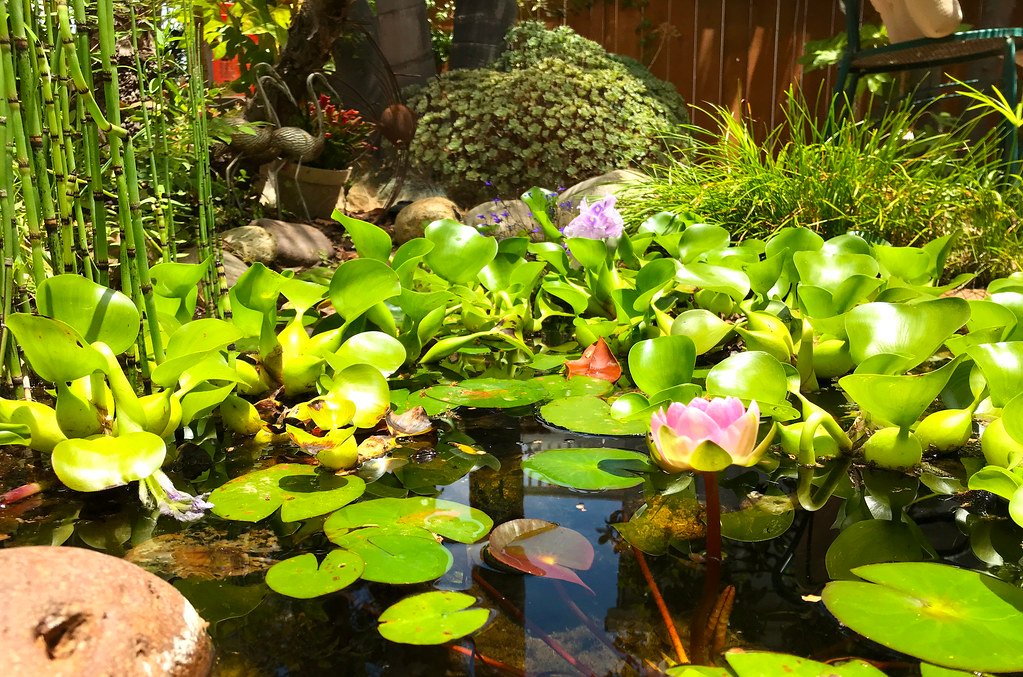
With its stunning lavender flowers and glossy green leaves, water hyacinth seems like the perfect aquatic plant for garden ponds. Native to South America, this floating plant has become one of the world’s worst aquatic weeds. It can double its population in just two weeks under ideal conditions, forming dense mats that block sunlight, deplete oxygen levels, and create stagnant water perfect for mosquito breeding. In Lake Victoria, Africa’s largest lake, water hyacinth has disrupted fishing industries, blocked transportation routes, and altered entire aquatic ecosystems. The plant’s rapid growth rate means that a single plant can theoretically produce 65,000 offspring in a single growing season.
Giant Hogweed: The Plant That Burns
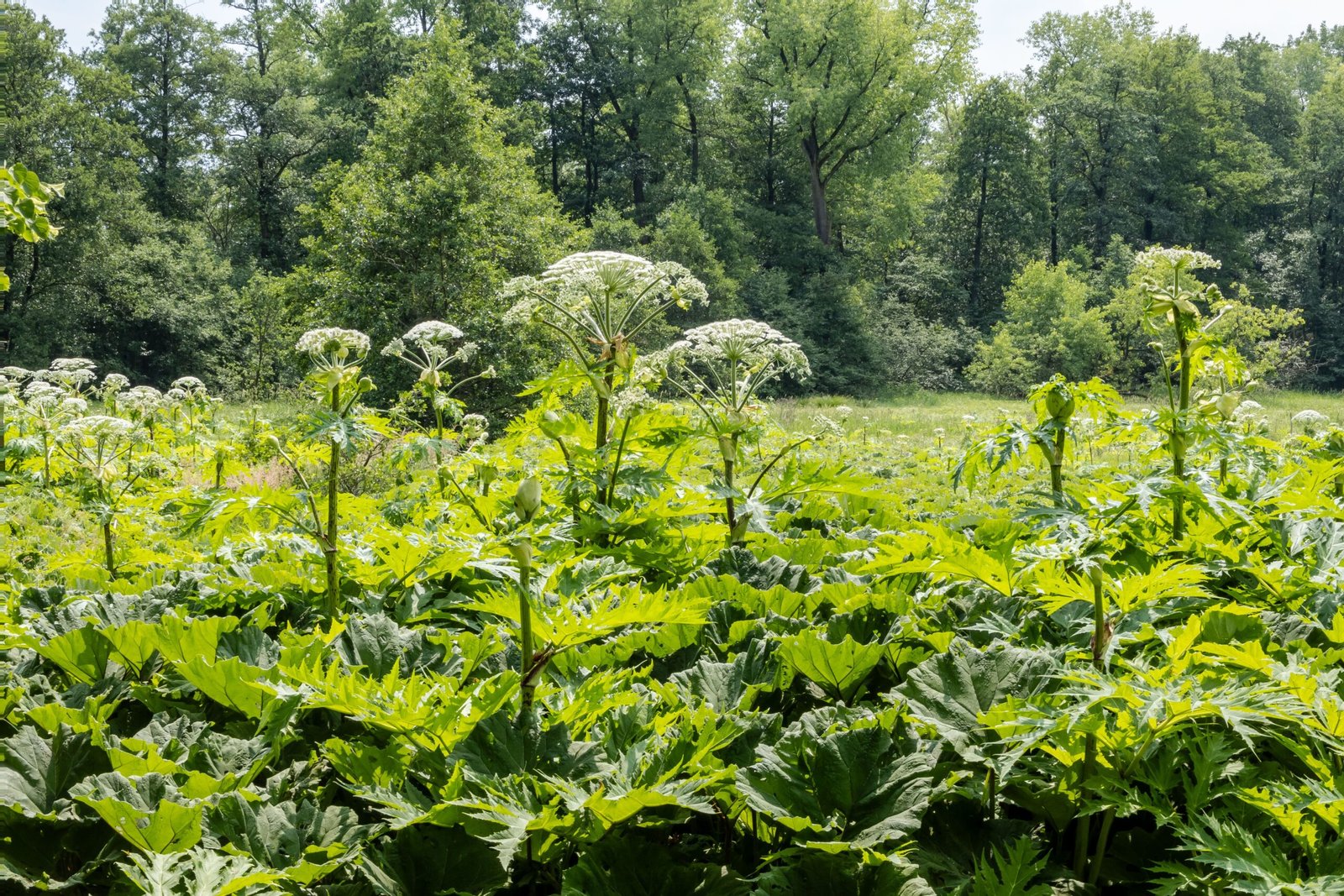
Giant hogweed looks like Queen Anne’s lace on steroids, with umbrella-shaped flower clusters that can reach 15 feet in height. This architectural plant attracted Victorian gardeners who prized its dramatic appearance in landscaped gardens. However, giant hogweed contains toxic sap that causes severe burns and permanent scarring when combined with sunlight. Beyond its danger to humans, the plant outcompetes native vegetation along waterways, creating erosion problems and reducing biodiversity. Its deep taproot system makes it extremely difficult to remove, and disturbing the plant without proper protection can result in hospitalization.
Autumn Olive: The Deceptive Fruit Bearer

Autumn olive was deliberately planted across the United States for wildlife habitat and erosion control, promoted by government agencies as a beneficial plant. This deciduous shrub produces abundant silver-spotted berries that seem like perfect wildlife food. However, autumn olive’s success story turned into an ecological disaster when it began crowding out native fruit-producing plants that wildlife actually prefer. The plant’s ability to fix nitrogen in the soil gives it an unfair advantage over native species, allowing it to dominate disturbed areas and forest edges. Birds spread the seeds far and wide, but the resulting monocultures provide poor-quality habitat compared to diverse native plant communities.
Himalayan Balsam: The Exploding Seed Disperser
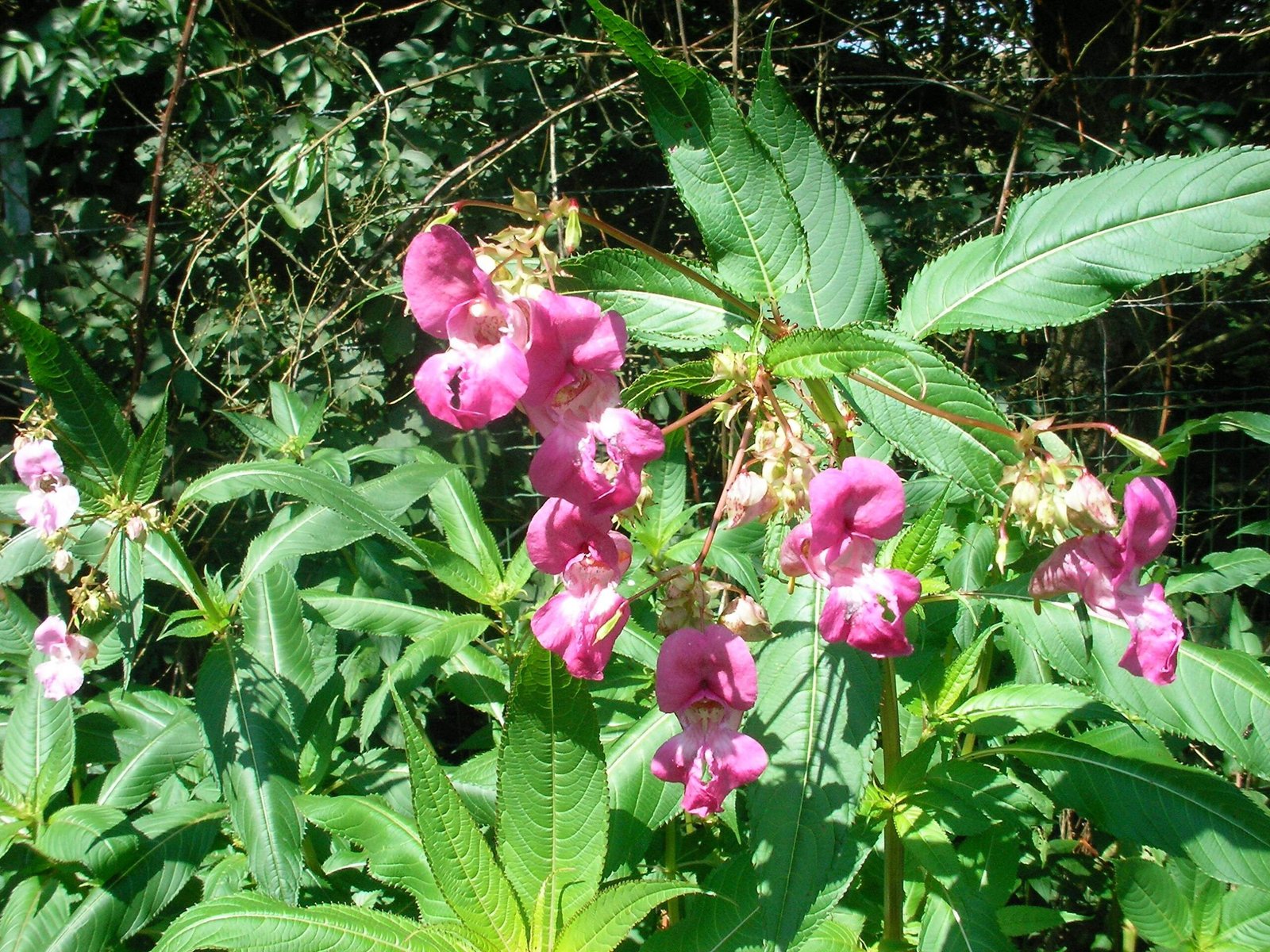
Himalayan balsam captivates gardeners with its orchid-like pink flowers and rapid growth, but this annual plant has a explosive secret. When the seed pods ripen, they literally explode at the slightest touch, shooting seeds up to 22 feet away. This dramatic dispersal mechanism, combined with each plant’s ability to produce up to 800 seeds, creates expanding populations that can quickly dominate riverbanks and woodland edges. The plant’s shallow root system provides poor soil stabilization compared to native vegetation, leading to increased erosion along waterways. In the UK, Himalayan balsam has become so problematic that volunteer “balsam bashing” events are organized to control its spread.
Multiflora Rose: The Thorny Fortress
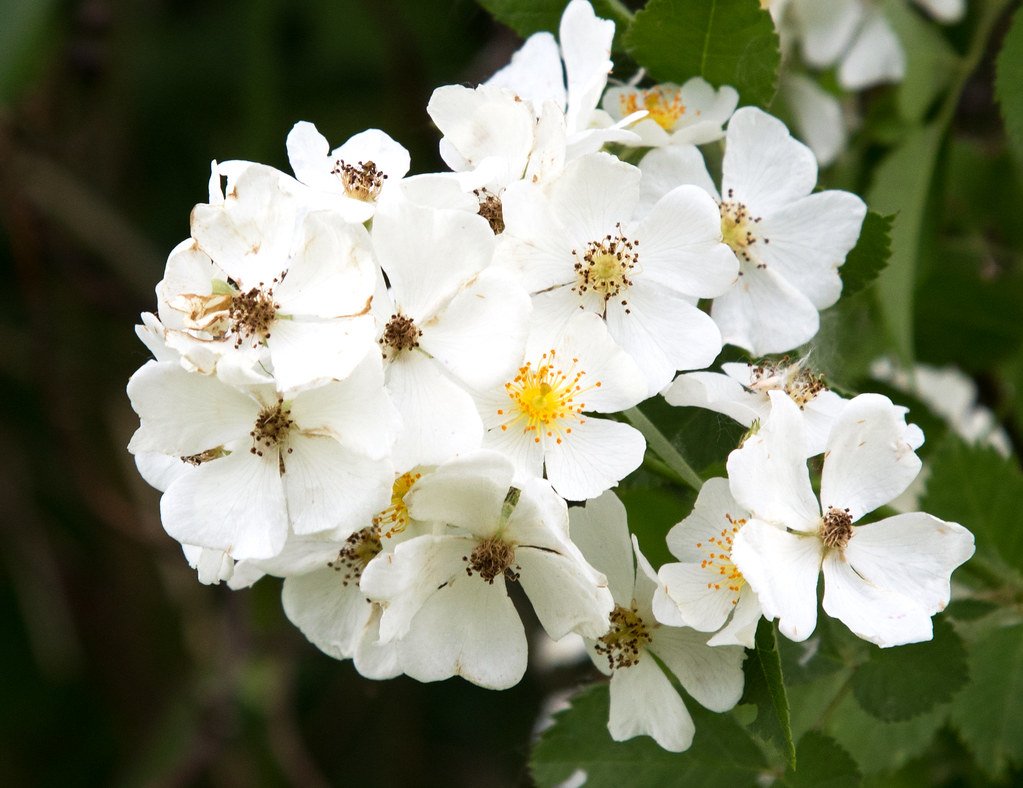
Multiflora rose was once promoted as the perfect living fence, planted extensively in the mid-20th century for livestock control and wildlife habitat. This thorny shrub seemed ideal because it grew quickly, produced abundant flowers, and created impenetrable barriers. However, multiflora rose’s aggressive growth pattern creates dense thickets that exclude native plants and wildlife. The plant’s numerous small flowers produce thousands of small hips that birds eagerly consume, spreading seeds throughout the landscape. What started as neat fence rows has transformed into sprawling thorny jungles that can take over entire fields and forest edges.
Tree of Heaven: The Persistent Pavement Cracker
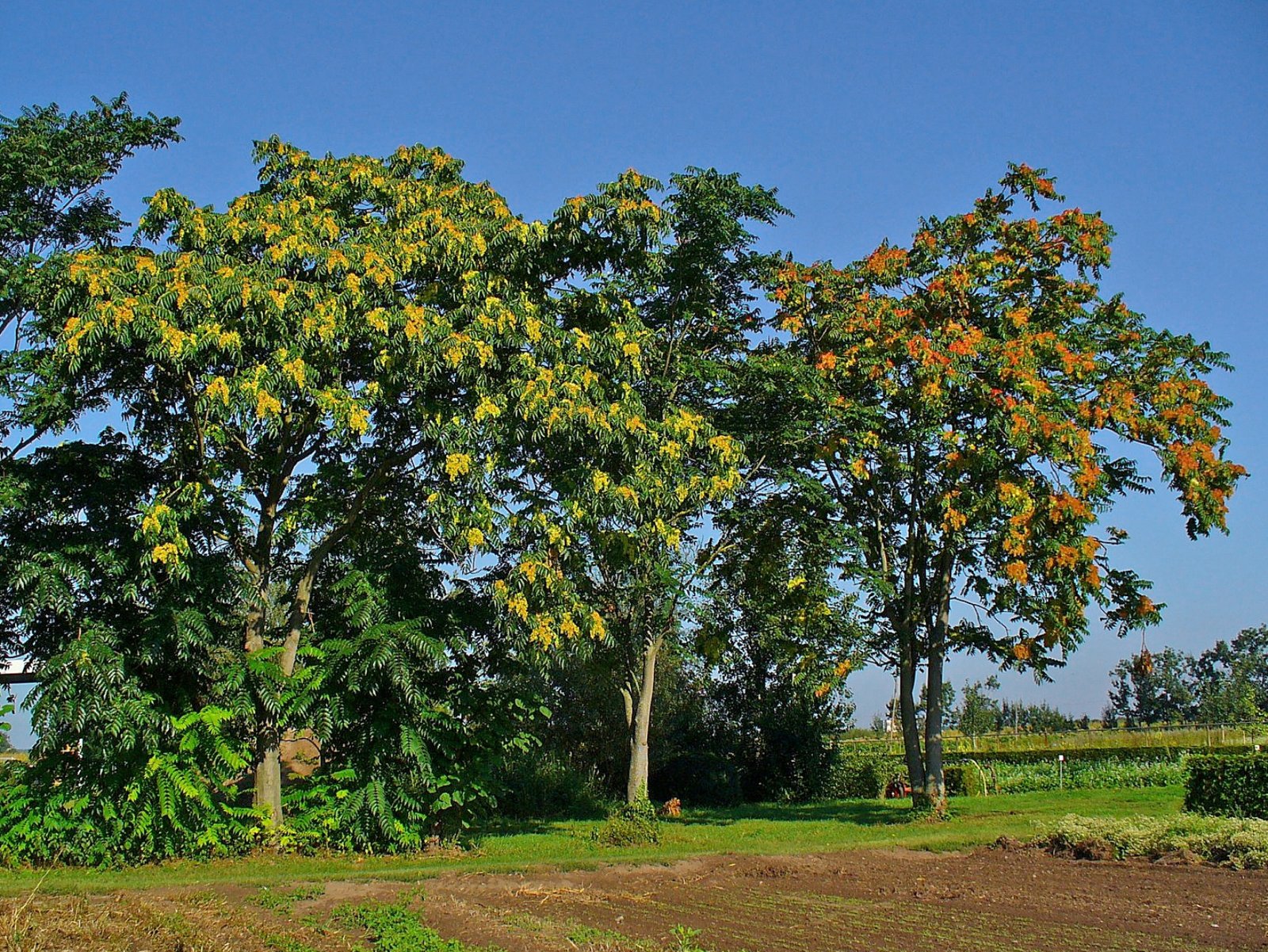
Tree of heaven earned its name from its ability to grow in the poorest conditions, seemingly reaching toward the sky no matter what obstacles it encounters. This Chinese native was introduced to North America in the 1740s as an ornamental tree and later promoted for its fast growth and supposed medicinal properties. The tree’s superpower lies in its prolific seed production and ability to sprout from root fragments, creating groves of genetically identical clones. Tree of heaven releases chemical compounds that inhibit other plants’ growth, essentially poisoning the soil around it. Its presence in urban areas is particularly problematic because it can crack sidewalks, damage building foundations, and create maintenance nightmares for property owners.
Garlic Mustard: The Shade-Tolerant Invader
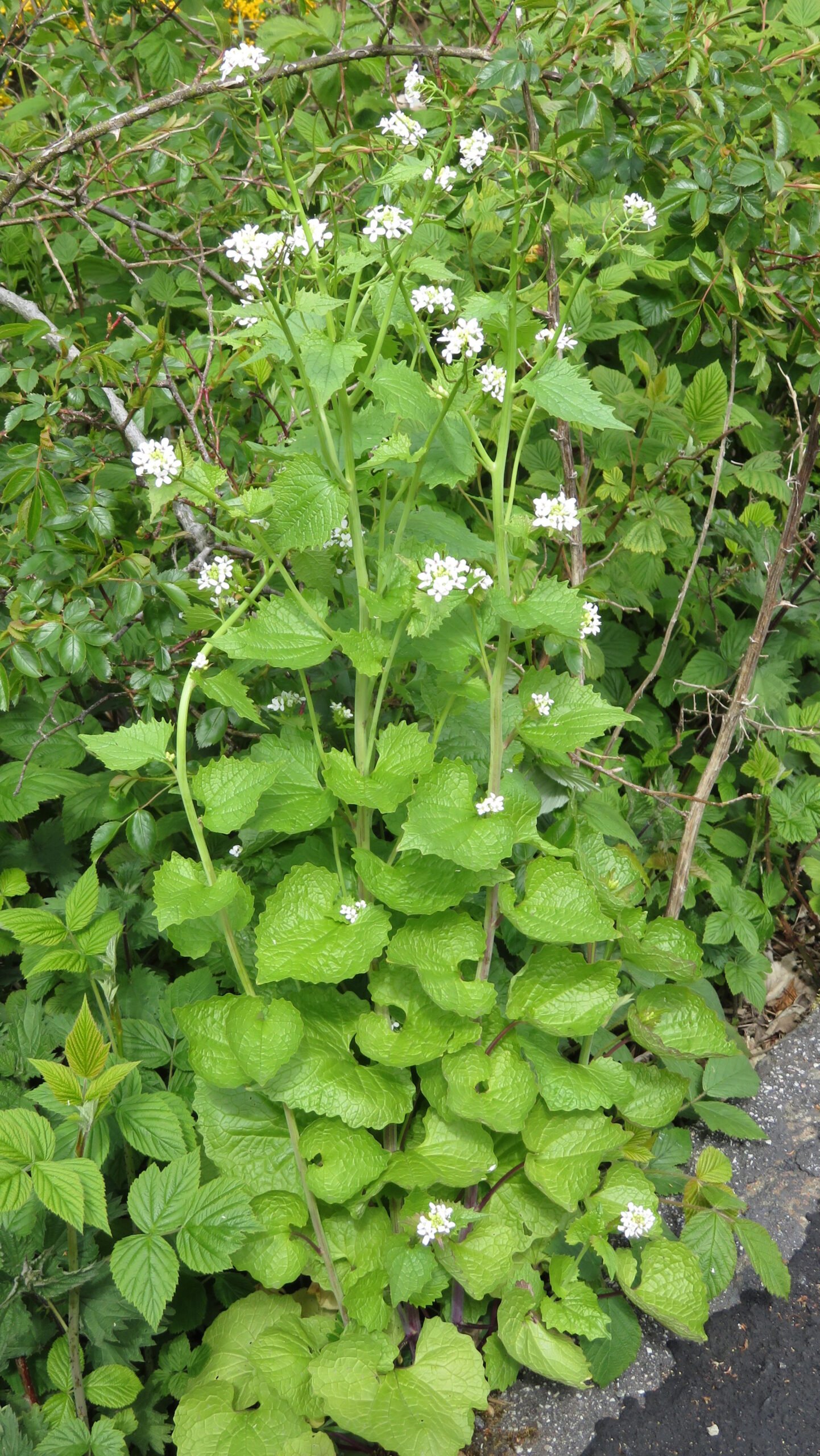
Garlic mustard might seem like a harmless woodland herb, but this biennial plant has revolutionized forest understories across North America. Unlike most invasive plants that prefer sunny, disturbed areas, garlic mustard thrives in shaded forest floors where it outcompetes native wildflowers and tree seedlings. The plant produces chemicals that interfere with beneficial soil fungi that native plants depend on for survival. Each plant can produce thousands of seeds that remain viable in the soil for up to five years, creating a persistent seed bank that makes eradication extremely challenging. Garlic mustard’s early spring growth gives it a competitive advantage over native plants that haven’t yet begun their growing season.
Dame’s Rocket: The Wildflower Imposter
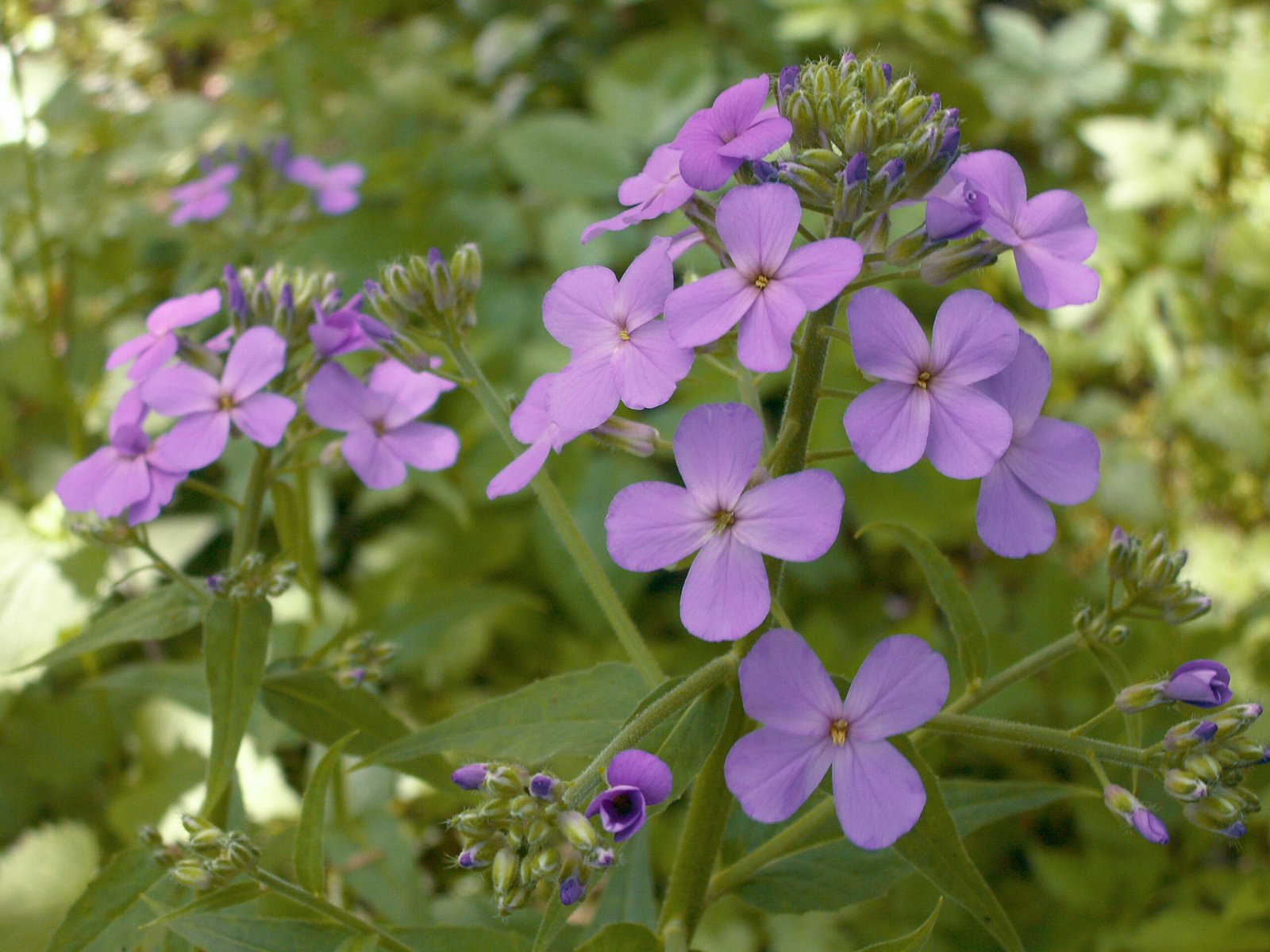
Dame’s rocket often gets mistaken for native phlox in wildflower meadows, but this purple-flowered impostor is actually a European native that’s slowly taking over North American prairies and woodlands. The plant produces abundant seeds that can be dispersed by wind, water, and wildlife, allowing it to establish in both disturbed and pristine habitats. Dame’s rocket’s ability to self-pollinate means that a single plant can establish entirely new populations, making it particularly effective at colonizing new areas. While it may look similar to native wildflowers, dame’s rocket creates dense stands that crowd out native plants and provide poor-quality habitat for native insects and wildlife.
Burning Bush: The Fiery Fall Favorite
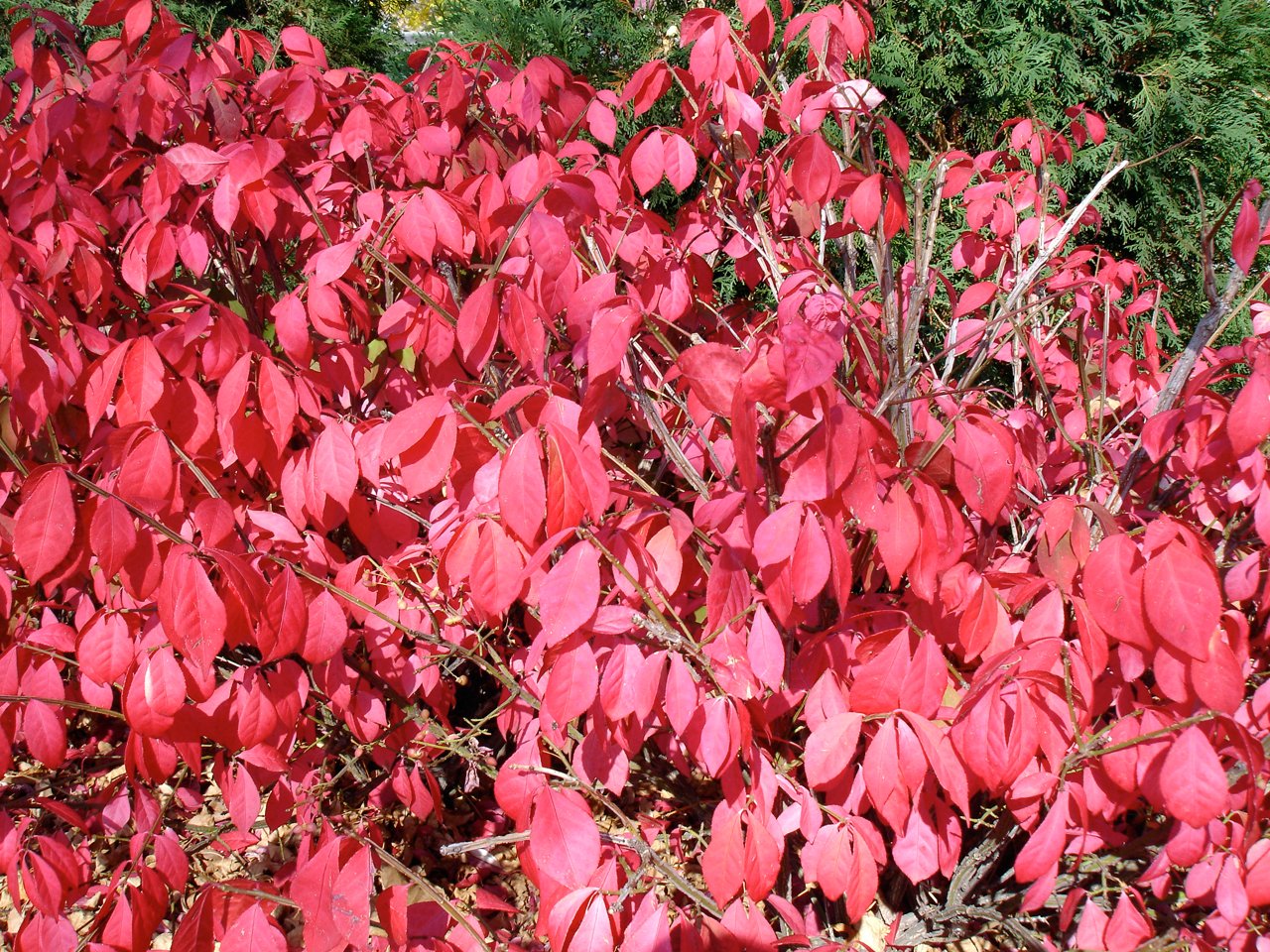
Burning bush became a landscaping staple because of its spectacular fall color, earning it a place in suburban gardens across North America. This compact shrub seems well-behaved in maintained landscapes, but its small winged seeds can travel considerable distances on wind currents. The plant’s shade tolerance allows it to establish in forest understories where it can persist for years before suddenly expanding when conditions become favorable. Burning bush forms dense thickets that exclude native understory plants and reduce biodiversity in woodland areas. Its ability to leaf out earlier than native species gives it a competitive advantage in capturing sunlight and resources.
Norway Maple: The Shade-Casting Giant
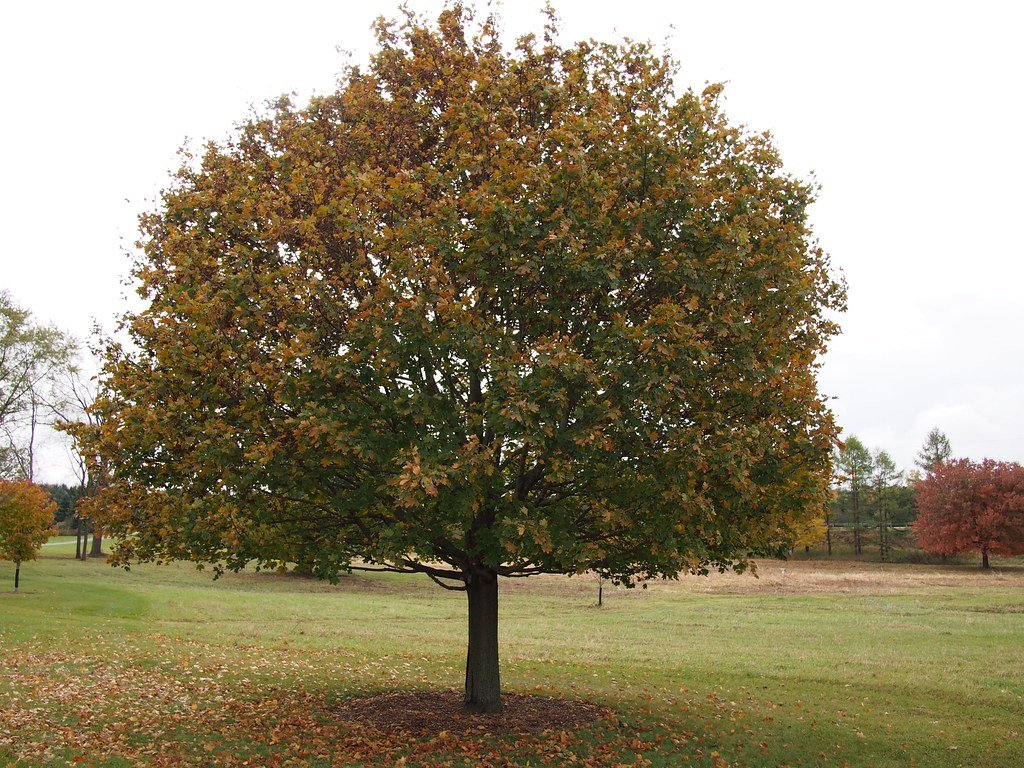
Norway maple was widely planted as a street tree because of its fast growth, attractive form, and tolerance of urban conditions. However, this European native has proven too successful in North American forests, where it outcompetes native sugar maples and other hardwood species. The tree’s dense canopy blocks sunlight from reaching forest floor plants, creating biological deserts beneath its branches. Norway maple’s early leaf emergence and late leaf drop extend its growing season compared to native trees, giving it a competitive advantage in resource acquisition. The tree’s prolific seed production ensures that new generations continue to spread into surrounding natural areas.
Phragmites: The Wetland Transformer
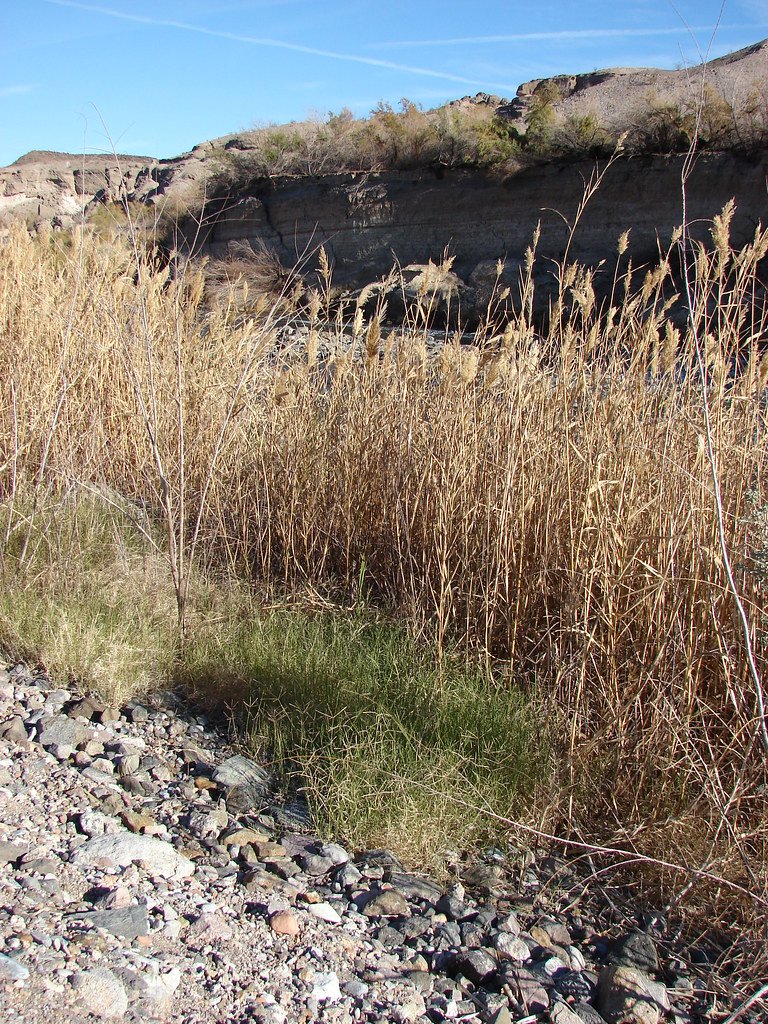
Phragmites might look like any other tall grass growing in marshes, but this aggressive reed is transforming wetland ecosystems across North America. The invasive European strain of phragmites grows taller and denser than native varieties, creating monocultures that provide poor wildlife habitat. These dense stands can grow over 15 feet tall, blocking sunlight and views while reducing biodiversity to almost zero. Phragmites spreads primarily through underground rhizomes that can extend 30 feet horizontally, allowing it to quickly colonize large areas. The plant’s ability to tolerate both freshwater and saltwater conditions makes it particularly problematic in coastal marshes where it displaces native salt-tolerant plants.
Butterfly Bush: The Pollinator Pretender
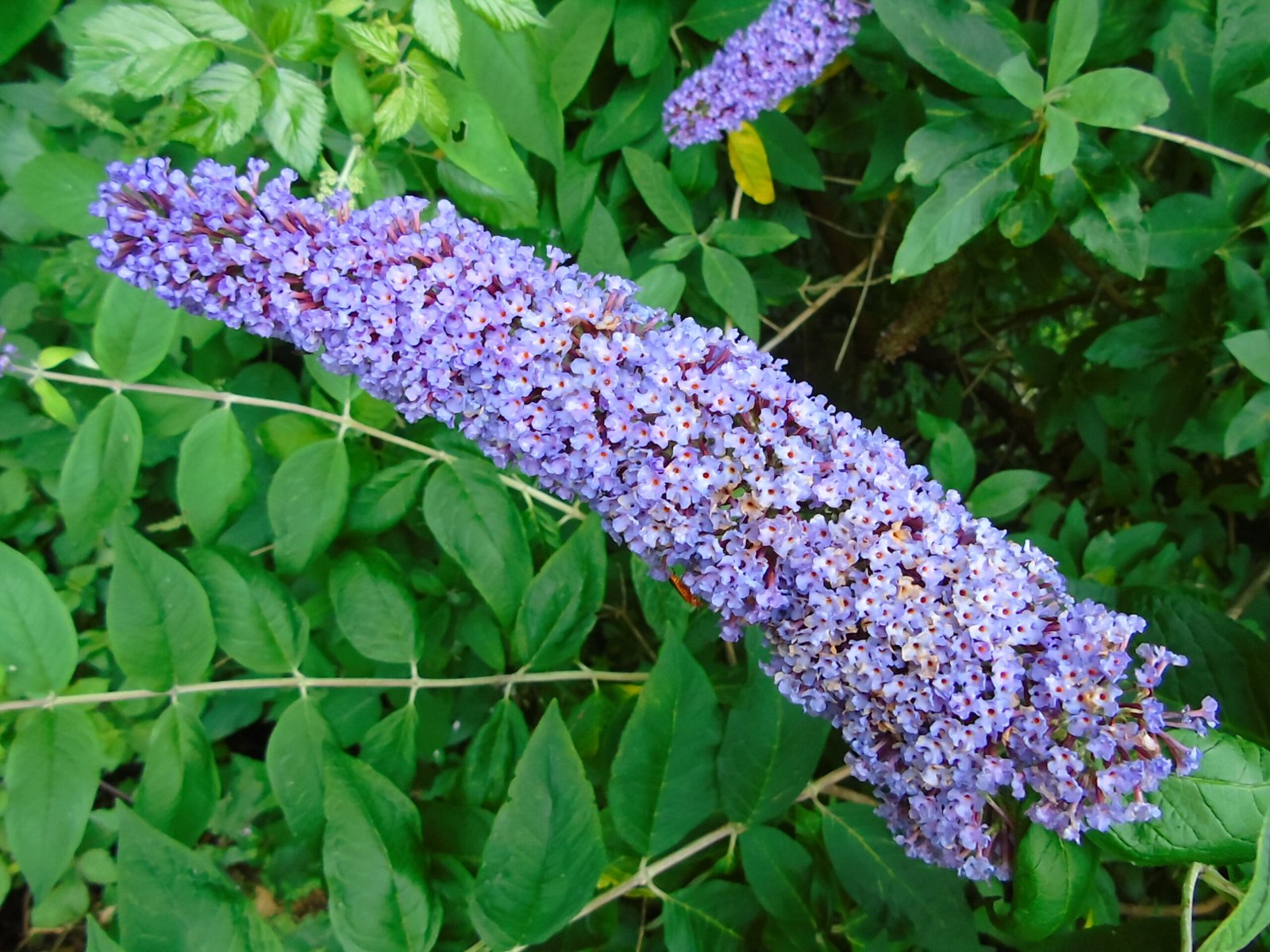
Butterfly bush seems like the perfect pollinator plant, attracting clouds of butterflies and other insects to its fragrant flower spikes. However, this Chinese native is more like a botanical fast-food restaurant than a nutritious ecosystem component. While adult butterflies may visit butterfly bush for nectar, the plant provides no food for butterfly larvae, making it an ecological dead end. The shrub’s prolific seed production allows it to establish in disturbed areas where it can outcompete native plants that actually support complete insect life cycles. Butterfly bush’s ability to regrow from root fragments makes it persistent in landscapes, and its drought tolerance allows it to colonize areas where native plants struggle.
Oriental Bittersweet: The Tree-Crushing Vine
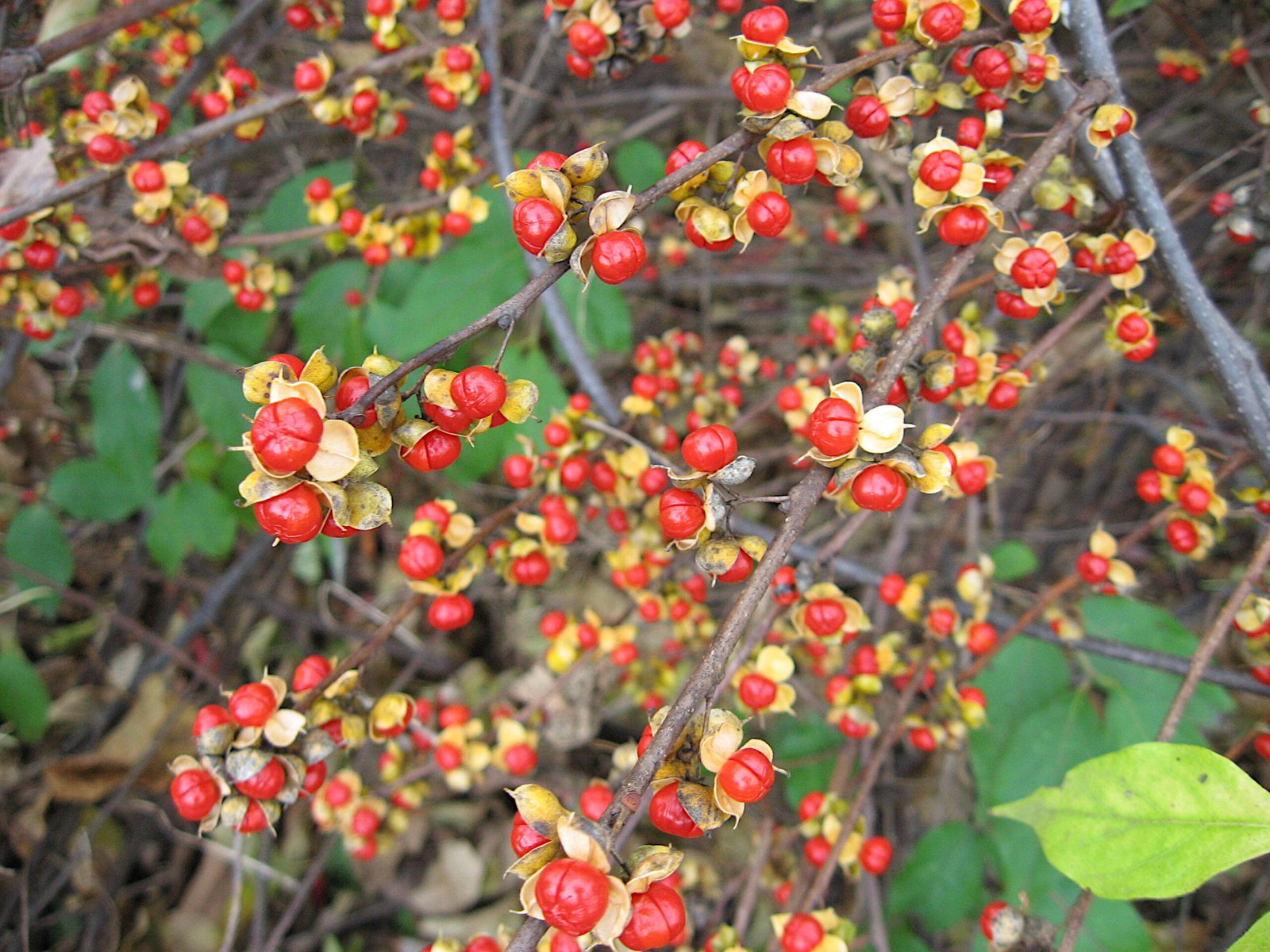
Oriental bittersweet creates stunning fall displays with its orange berries and yellow foliage, making it a popular choice for holiday decorations and ornamental plantings. However, this vigorous vine can completely engulf and kill mature trees by cutting off their access to sunlight. The vine’s weight can break branches and topple entire trees during storms, creating dangerous conditions and expensive cleanup costs. Oriental bittersweet’s berries are readily consumed by birds, leading to widespread seed dispersal throughout forests and natural areas. The vine’s ability to grow in both sunny and shaded conditions allows it to establish in diverse habitats, from forest edges to abandoned lots.
Purple Loosestrife’s Aquatic Cousin: Water Chestnut
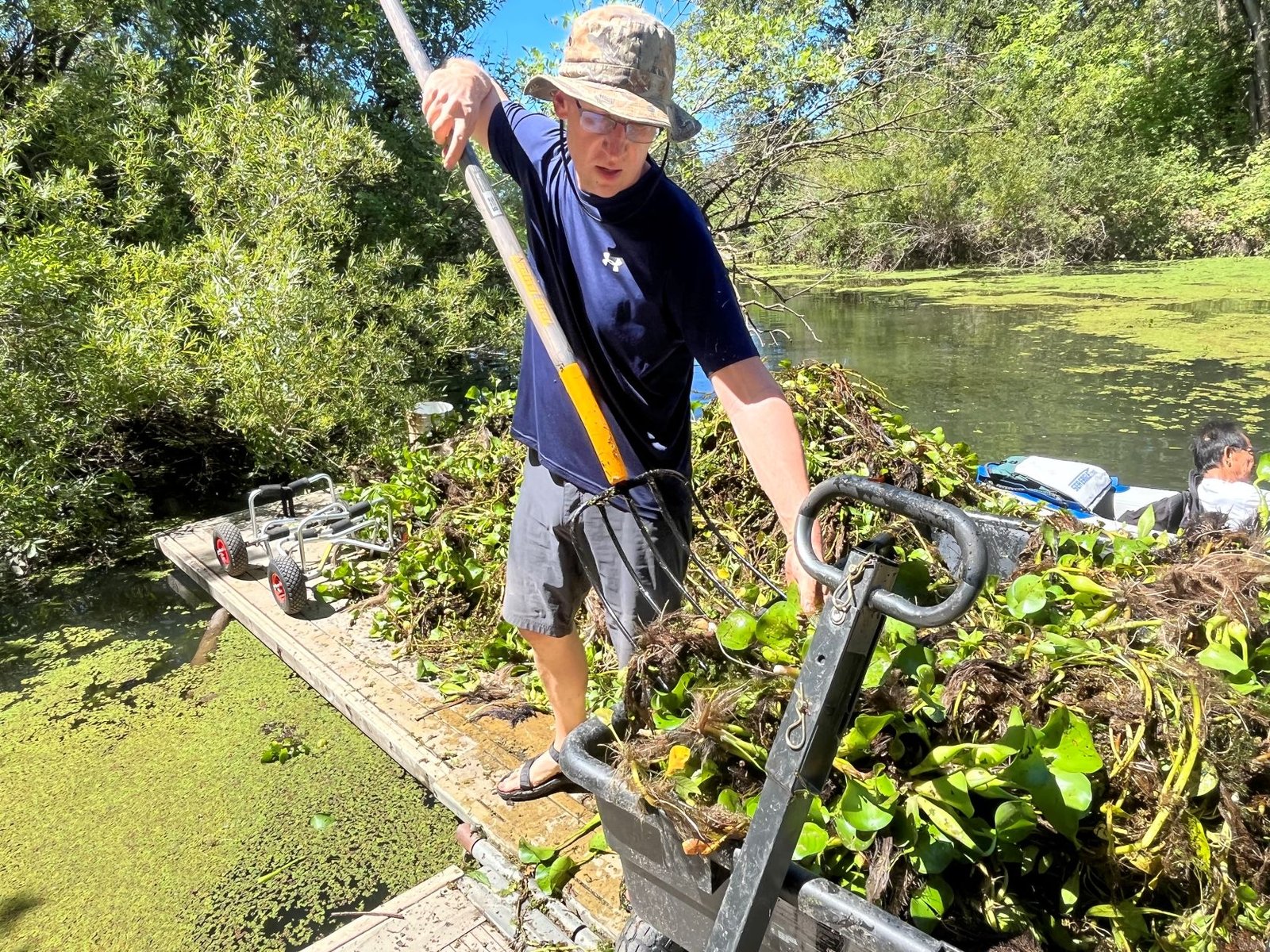
Water chestnut might not look like much floating on a pond’s surface, but beneath the water lies one of aquatic ecosystems’ most aggressive invaders. This annual plant produces distinctive four-pointed nuts that can remain viable in sediment for up to 12 years, creating a persistent seed bank that makes eradication extremely difficult. Dense mats of water chestnut can completely cover water surfaces, blocking sunlight and depleting oxygen levels to the point where fish and other aquatic life cannot survive. The plant’s ability to reproduce both sexually through seeds and asexually through fragmentation makes it particularly difficult to control once established.
The Ripple Effect: How Invasive Plants Reshape Entire Food Webs

The impact of invasive garden plants extends far beyond simple plant competition, creating cascading effects that ripple through entire ecosystems. When invasive plants replace native species, they disrupt carefully balanced relationships between plants, insects, birds, and mammals that evolved together over thousands of years. Native insects often cannot digest invasive plants, leading to population crashes that affect birds, bats, and other insectivores. The loss of native seed-producing plants reduces food sources for wildlife, while the simplified habitats created by invasive monocultures provide fewer nesting sites and shelter options. These changes can ultimately lead to the local extinction of native species and the collapse of ecosystem services that humans depend on.
The next time you see a beautiful exotic plant in a garden center, remember that today’s horticultural treasure could become tomorrow’s ecological nightmare. These botanical refugees have shown us that in nature, there’s no such thing as a free lunch – and sometimes the bill comes due decades later in the form of destroyed ecosystems, lost biodiversity, and billions of dollars in cleanup costs. What started as innocent garden choices has become one of the greatest threats to global biodiversity, proving that even the most beautiful plants can harbor a dark side when they escape into the wrong environment.

